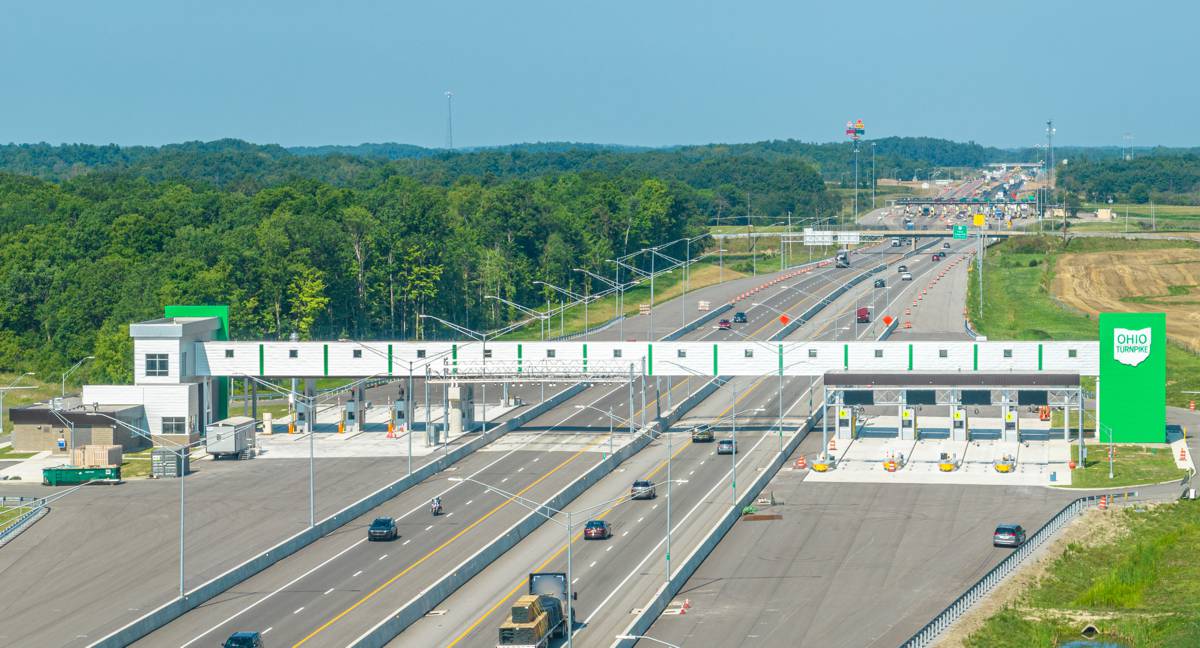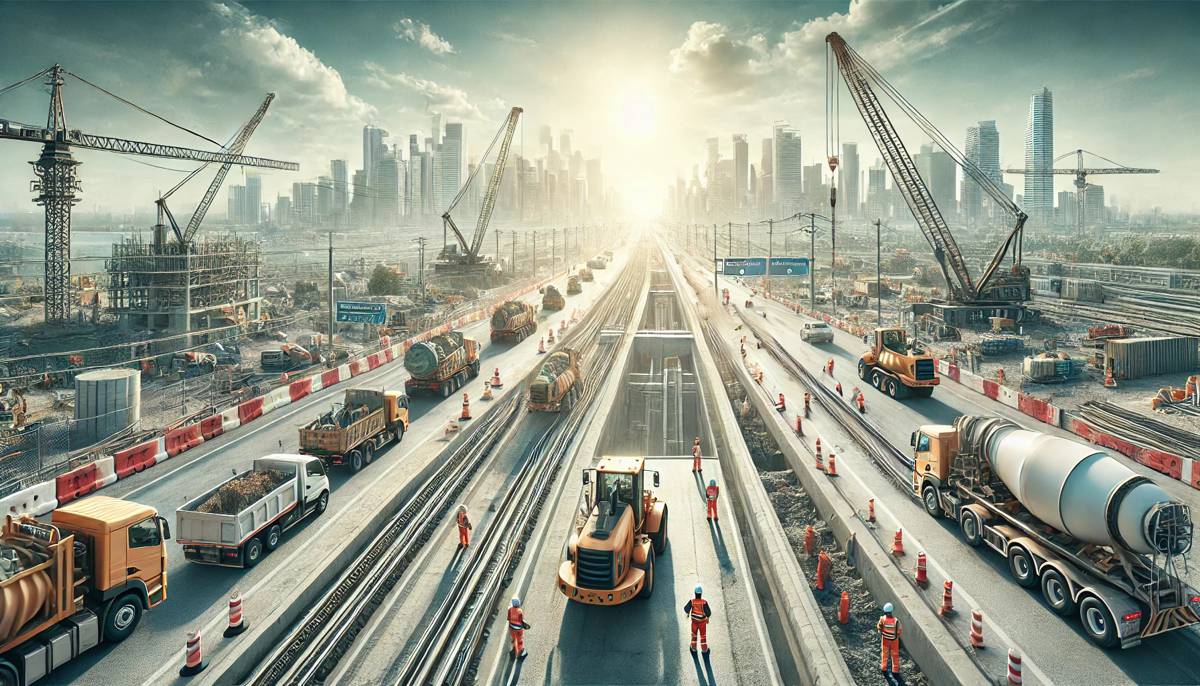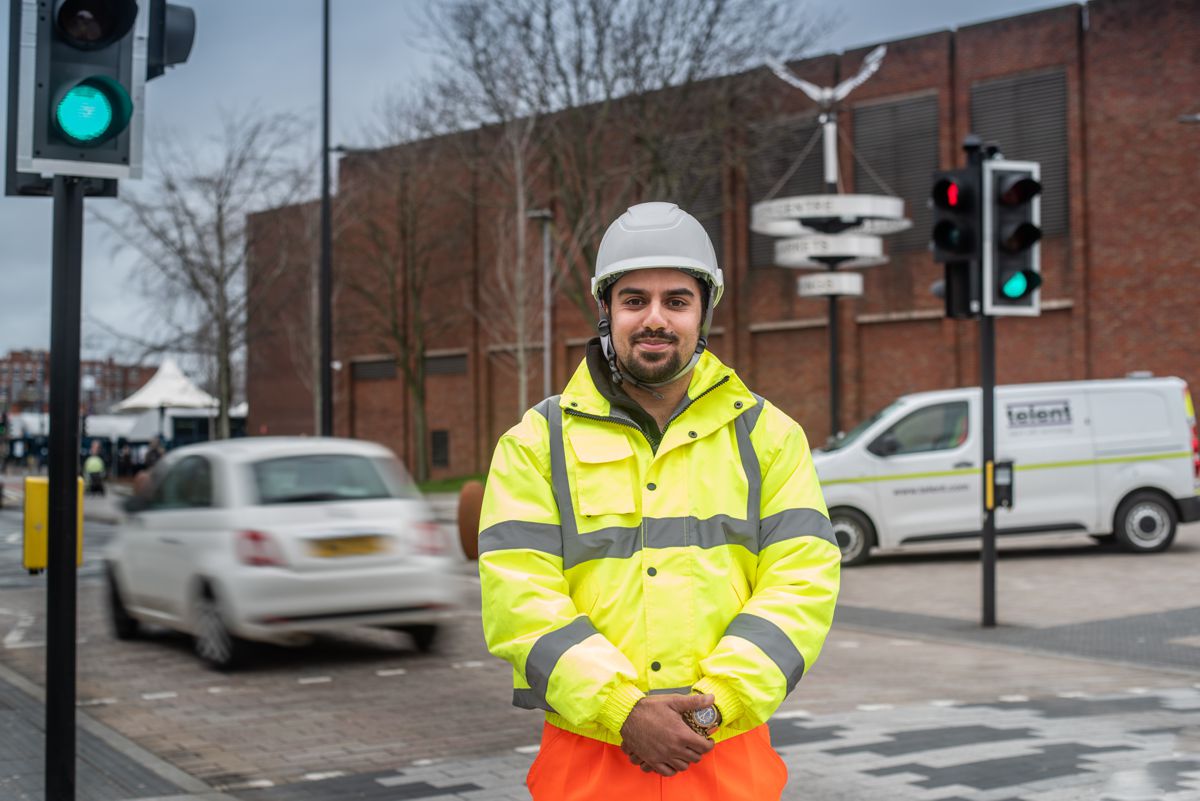Creating sustainable zero-impact highways
Creating a highway with zero deaths, pollution, carbon and environmental impact is certainly a bold mission, but it’s one that UK-based Innovia Technology and The Ray aim to achieve.
Together, they have developed a proving ground on Interstate 85 in the US state of Georgia, for the evolving ideas and technologies that will transform the transportation infrastructure of the future.
The project involves bringing together three big ideas:
- Using non-arable, state-owned land located along the highway to generate clean, renewable electricity
- Using this energy to charge EVs driving on the interstate highway through fast-chargers or wireless charging lanes
- The US electricity grid is underpowered for the electric transportation future. And, as it stands, the grid is holding back clean mobility in the US. Developing the backbone of a high-voltage direct current (HVDC) grid would allow efficient delivery of renewable energy throughout the US
Other technologies being evaluated by Innovia include: algae biodiesel fuel stations, smart solar-powered roads, moon-cycle adjusting lights, driverless cars and smart road studs.
Both transport and energy are on the cusp of a dramatic change. As the world continues to shift from a ‘fossil fuel on demand’ model to using more stored renewables, a total renovation of infrastructure is required. Innovia and The Ray has explored how we could get to this future by focusing on an under-utilised resource – the road.
The future of transportation is electric and will increasingly be powered by batteries and fuel cells. In the US, 18.7 million electric vehicles (EVs) are expected to be on the roads by 2030. To enable this electric future, we need to modernise our energy infrastructure – generation and transmission – to deliver exponentially more power to meet unprecedented demand in the transportation sector.

Innovation and collaboration – making the seemingly impossible, possible
Innovating in infrastructure is tough. Technology inventors struggle to find funding, investors are put off by slow return on investment, and regulators require well-proven concepts before deployment. The Ray C. Anderson Foundation decided to change all this. Collaborating closely with Innovia, they created The Ray.
Having evaluated the feasibility, sustainability and scalability of a wide range of road technologies, Innovia also established connections with technology providers and inventors around the world, and developed a strategy to bring the Foundation’s vision to life.
The resulting highway demonstrates the strongest innovations in field trials. It is designed to inspire transport authorities, road technology companies and drivers globally.
If you would like to speak to Allie Kelly, Executive Director, The Ray and Andy Milton, Innovation Consultant, Innovia Technology, then please get in touch.














